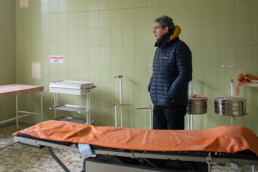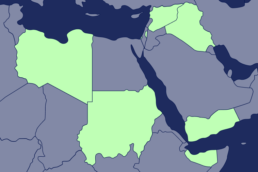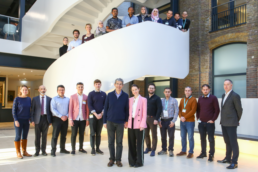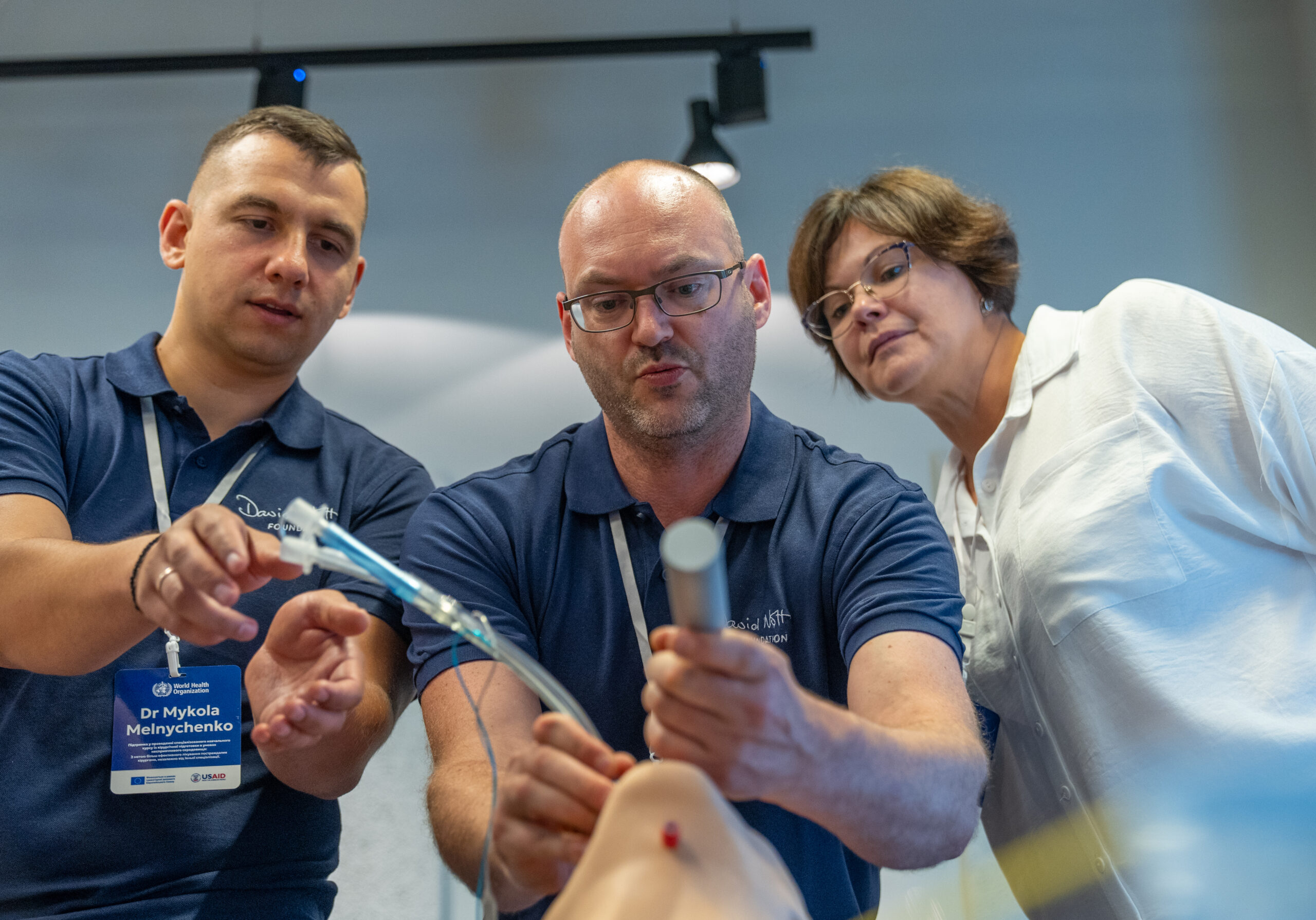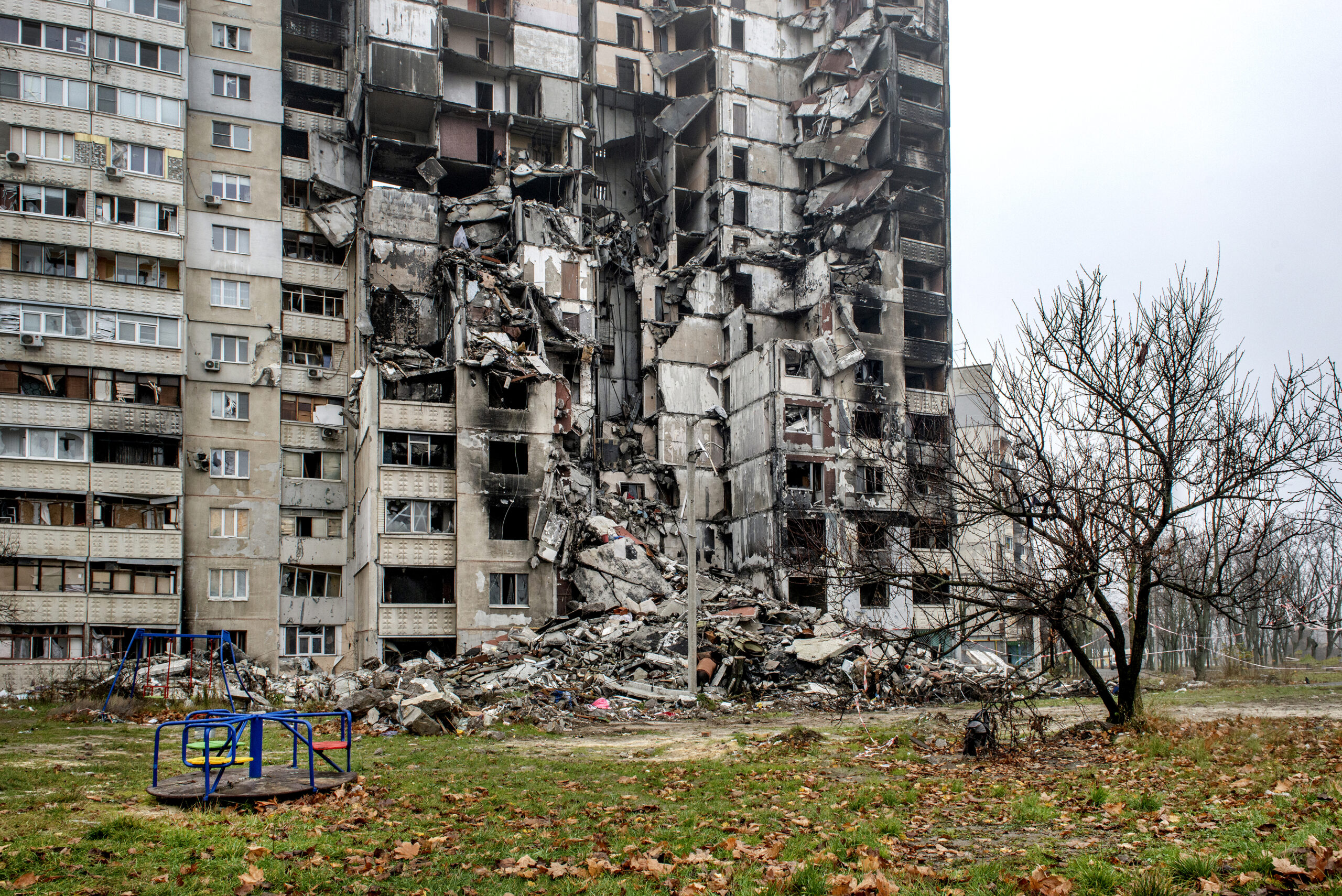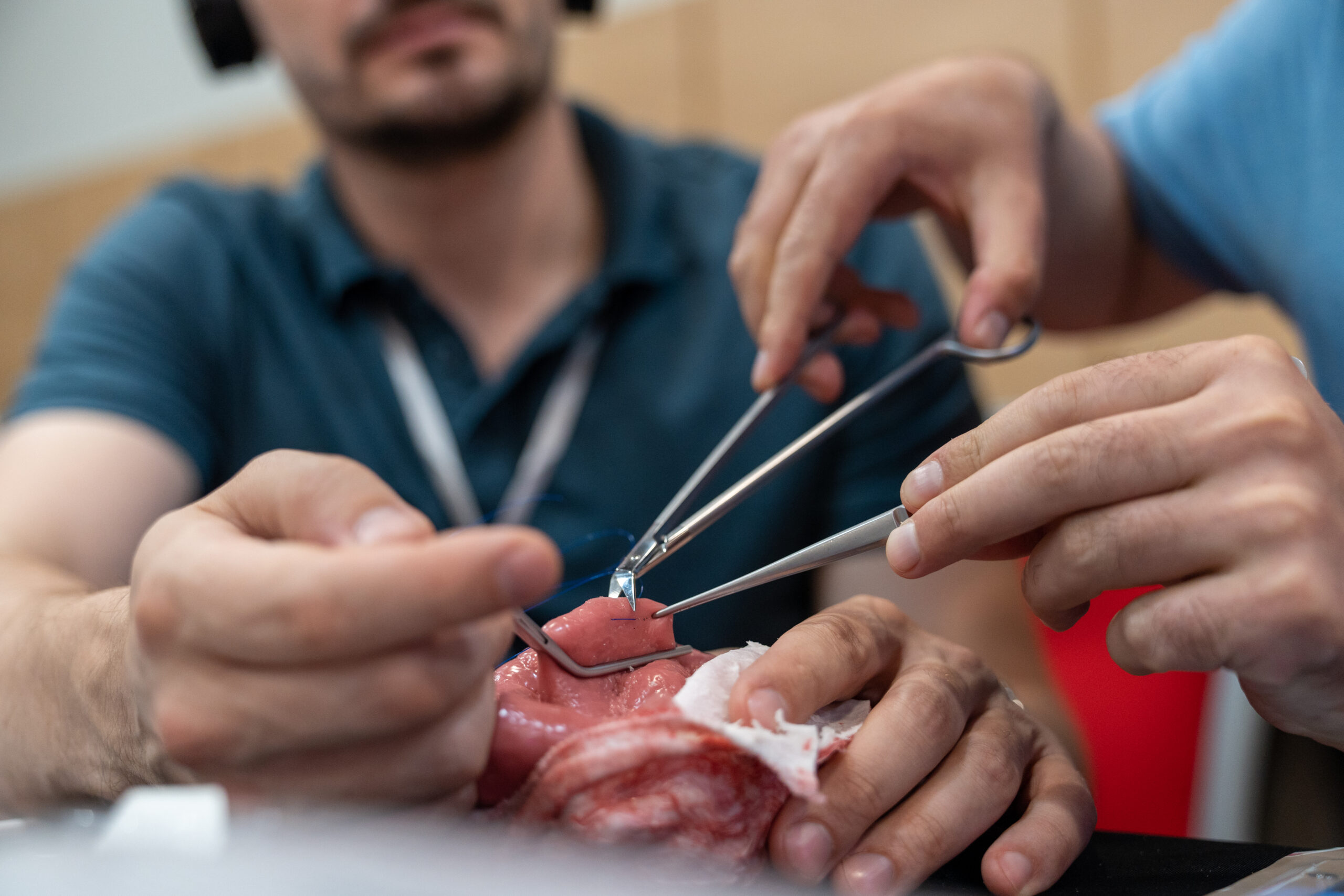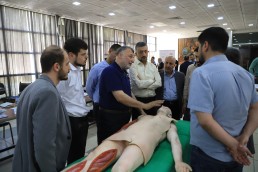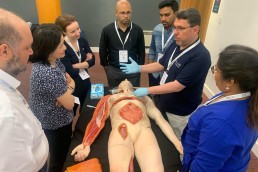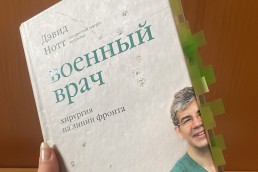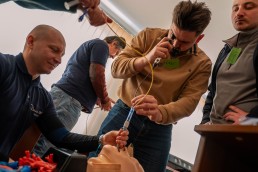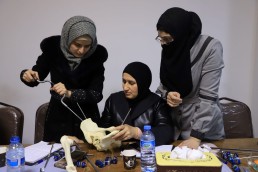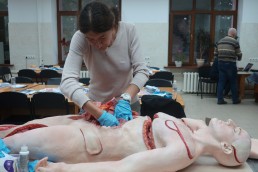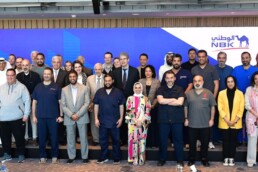Share this story
Read more
The Foundation’s first ever HEST® course in Aleppo, Syria
Since the fall of the Assad regime in December 2024, Syria's borders…
Association of Surgeons of Great Britain and Ireland Annual Congress
Our Medical Director, Dr Ammar Darwish, was invited to join the panel…
Voice from Ukraine
We’re often moved by messages from readers of War Doctor – David’s…
Surgical trainings in Ukraine
Surgeons and anaesthetic surgeons from regions all over Ukraine…
Strengthening trauma response in Northwest Syria
Northwest Syria continues to face escalating hostilities, compounded…
A milestone mission in Ukraine
In October, we partnered with the World Health Organization (WHO),…
“If this training can work in Gaza, it can work anywhere else.”
Dr Israar Ul-Haq joined our HEST®-UK (Hostile Environment Surgical…
The anaesthetist in a war zone
It takes a team to save a life in a war zone. Recognising the vital…
Preparing 36 Kuwaiti doctors for surgery in Gaza
With support from the Foreign Common Development Office (FCDO) and…
